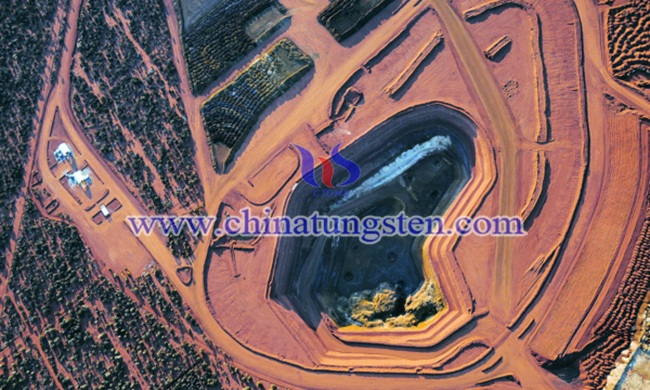China Unveils New Tungsten And Rare Earth Quotas For First Half 2019
- Details
- Category: Tungsten's News
- Published on Thursday, 04 April 2019 17:10
Roskill Information Services, London, UK, has reported on China’s new tungsten mine production and rare earth quotas for the first half of 2019. In March, China’s Ministry of Natural Resources and the Ministry of Industry and Information Technology set tungsten quotes for the first half of the year at 49.8 kt (65% WO3 basis), while rare earths quotas were set at 50.4 kt of light rare earths and 9.6 kt of medium and heavy rare earths.
According to Roskill, which published its latest Tungsten: Global Industry, Markets and Outlook report in March, the new tungsten quota has left a degree of uncertainty in the market? Usually, two quotas are given by the Ministry – one for mines where tungsten is the primary (or sole) product, and a second for mines with tungsten as a by-product. The quota for H1 2019 is said to be some 22% lower than the overall quota for H1 2018 (63.9 kt) and 3% lower than the primary tungsten quota (51.3 kt), with a 12.6 kt quota also outlined for by-product tungsten in H1 2018. In 2017 and 2018, the overall tungsten quota increased because of a rise in the by-product quota.

Historically, Roskill added that the quota has lagged behind actual mine production; between 2011 and 2018, tungsten mine output exceeded the quota every year. This has reportedly been addressed in China’s National Mineral Resources Planning (2016–2020) document, which caps tungsten mine output at 120 kt/year of concentrates on a 65% WO3 basis (61.6 kt contained W) by 2020, and is said to be more reflective of production in recent years.
Despite increasing by nearly 30% compared to the H2 2018 quota allocation, the H1 2019 quota for rare earths has caused little uncertainty, as the MIIT has indicated that the H1 allocation will represent 50% of the 2019 annual quota. This would result in there being no overall change in the mining quota between 2018 and 2019. Inner Mongolia continues to hold the largest portion of the light rare earth mining quota, with 34.6 kt REO assigned to China Northern Rare Earth Group, which operates the Baiyun Obo mine in Baotou.
Actual rare earth mining in H1 2019 is reportedly expected to remain far below the quota, particularly in Southern provinces where imports of mineral concentrates and semi-processed products are said to have increased significantly since early 2018. Rare earth concentrates imported by China in 2018 and early 2019 have been sourced largely from Myanmar, the USA and monazite concentrates imported from Russia, Brazil and other Asian countries. Rare earth production from imported concentrates and compounds is not included in separation quotas for RE companies and also avoids the resource tax applied to Chinese domestic mining of rare earths.
- Tungsten Manufacturer & Supplier, Chinatungsten Online: www.chinatungsten.com
- Tungsten News & Prices of China Tungsten Industry Association: www.ctia.com.cn
- Molybdenum News & Price: news.molybdenum.com.cn
- Tel.: 86 592 5129696; Fax: 86 592 5129797; Email: sales@chinatungsten.com



 sales@chinatungsten.com
sales@chinatungsten.com